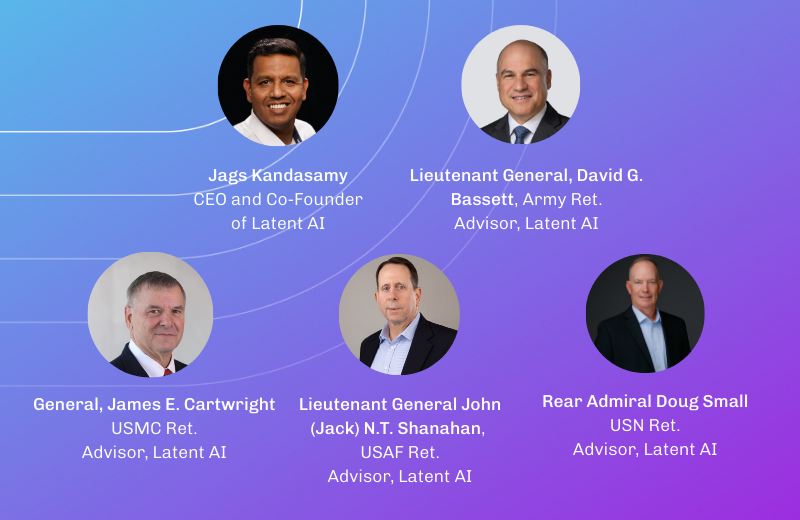Latent AI Adaptive AI Research Featured in Machine Vision and Applications Journal

Latent AI research regarding dynamically throttleable neural networks was recently accepted for publication by the prestigious Machine Visions and Applications Journal (MVA). Part of the problem with AI has been its inflexibility, especially regarding computing power. Neural networks runtime either fully fire, or not at all. Latent AI research shows how Adaptive AI can respond to its unique environment to allow models to self-regulate and only run the parts of their neural networks that need to be run.
Creative solutions like dynamically throttleable neural networks that employ Adaptive AI are what is helping bring the promise of AI to reality. Most current models are far too bulky and compute intensive to be placed on constrained edge devices. The problem is the edge is where the data is. But what if instead of moving the data to the model, we could move the model to the data? Adaptive AI is what empowers models lightweight enough for compute constrained edge devices but robust enough to maintain accuracy. It creates huge opportunities for organizations and system integrators to save compute cycles while building flexibility into their edge ML projects. And it complements other compression approaches, such as quantization and pruning, to offer the best-in-class performance for ultra low-power tinyML systems.
You can access the paper, Dynamically Throttleable Neural Networks (authors Hengyue Liu, Samyak Parajuli, Jesse Hostetler, Sek Chai and Bir Bhanu) via MVA and arxiv. Latent AI has been actively supporting STEM, scholarships and internships, including this research effort.
For more information about how Latent AI can help you speed your deployments while reducing your training times, contact us at info@latentai.com. You can also find an overview of Adaptive AI presented at the tinyML Summit 2021. Read LEIP Recipes for more information on Latent AI edge model development and deployment solutions.




